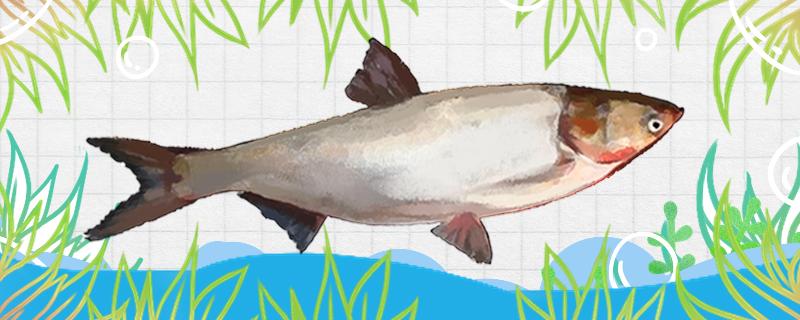 1. Do silver carp need to be drifted when fishing with sea poles
1. Do silver carp need to be drifted when fishing with sea poles Silver carp, that is, silver carp, is a freshwater fish in China, which is widely distributed. Silver carp can often be seen in some wild waters or some artificially built waters. When fishing for silver carp, it is common to use hand poles, but hand poles are not the only choice, and sea poles can also be used. This kind of fishing rod is more commonly used in wide waters, and its effect is better, so it can be selected according to needs.
When using sea poles, there are some necessary steps that can be taken carefully. For example, drift adjustment is such a step. Before fishing, if this step is carried out, the silver carp will take the bait in the fishing process, and the float will send a signal in time. By observing this signal, anglers have to judge whether they should lift the rod in time, which can make the fishing process smoother. Therefore, it is recommended to take this step when fishing silver carp with sea poles.
2. How to adjust the drift of silver carp fishing with sea polesAs mentioned above, it is necessary to adjust the drift when fishing silver carp with sea poles. It can be carried out according to the following steps:
1, rough bottoming: The first step is the bottoming process, which can roughly understand the situation in the waters. You can find the bottom roughly at first. At this time, lead skin with greater gravity than float buoyancy is used, and it is thrown into the water, and the float will drop at this time. Then move the float upward. When the float is exposed to the water for about 1 eye, it means that the bottom has been found.
2. Adjustment: Move the float down first, and then trim the heavier lead skin used above to reduce its weight slowly. At this time, the float will rise slowly until the desired number of mesh is revealed, which is determined by the water conditions and weather conditions.
3, accurate bottom finding: After rough bottom finding, it is better to carry out accurate bottom finding steps, and the effect is better. This process needs to be carried out in the bait hanging. First, objects with the same weight as the bait, such as small plasticine, can be used to simulate the state of the bait entering the water, and then the float can be exposed to the water for a glance, and the accurate bottom finding is completed.
4, adjust the fishing eye: Finally, hang the real bait, then throw it into the water, and finally adjust the fishing eye. This number of items also needs to be determined according to the specific surrounding environment.